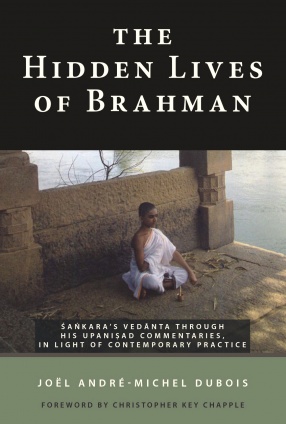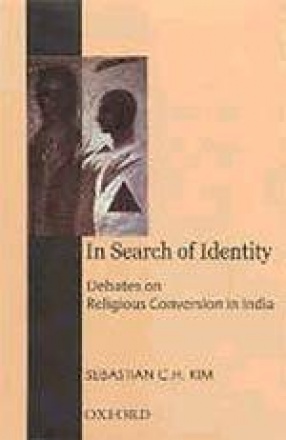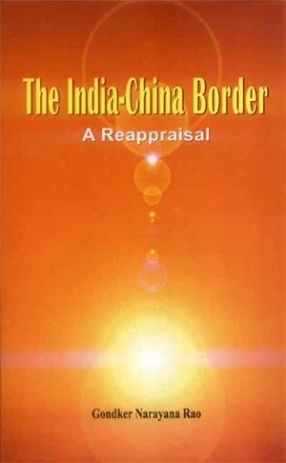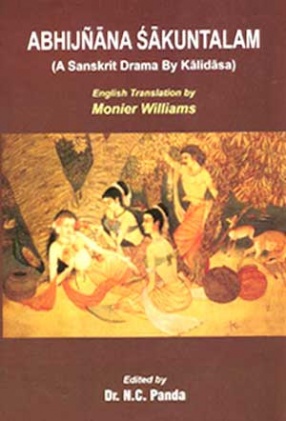Uses both textual and ethnographic sources to demonstrate that in Śaṅkara’s vedānta, brahman is an active force as well as a transcendent ultimate.
Śaṅkara’s thought, advaita vedānta or non-dual vedānta, is a tradition focused on brahman, the ultimate reality transcending all particular manifestations, words, and ideas. It is generally considered that the transcendent brahman cannot be attained through any effort or activity. While this conception is technically correct, in The Hidden Lives of Brahman, Joël André-Michel Dubois contends that it is misleading.
Hidden lives of brahman become visible when analysis of Śaṅkara’s seminal commentaries is combined with ethnographic descriptions of contemporary Brahmin students and teachers of vedānta, a group largely ignored in most studies of this tradition. Dubois demonstrates that for Śaṅkara, as for Brahmin tradition in general, brahman is just as much an active force, fully connected to the dynamic power of words and imagination, as it is a transcendent ultimate.





There are no reviews yet.